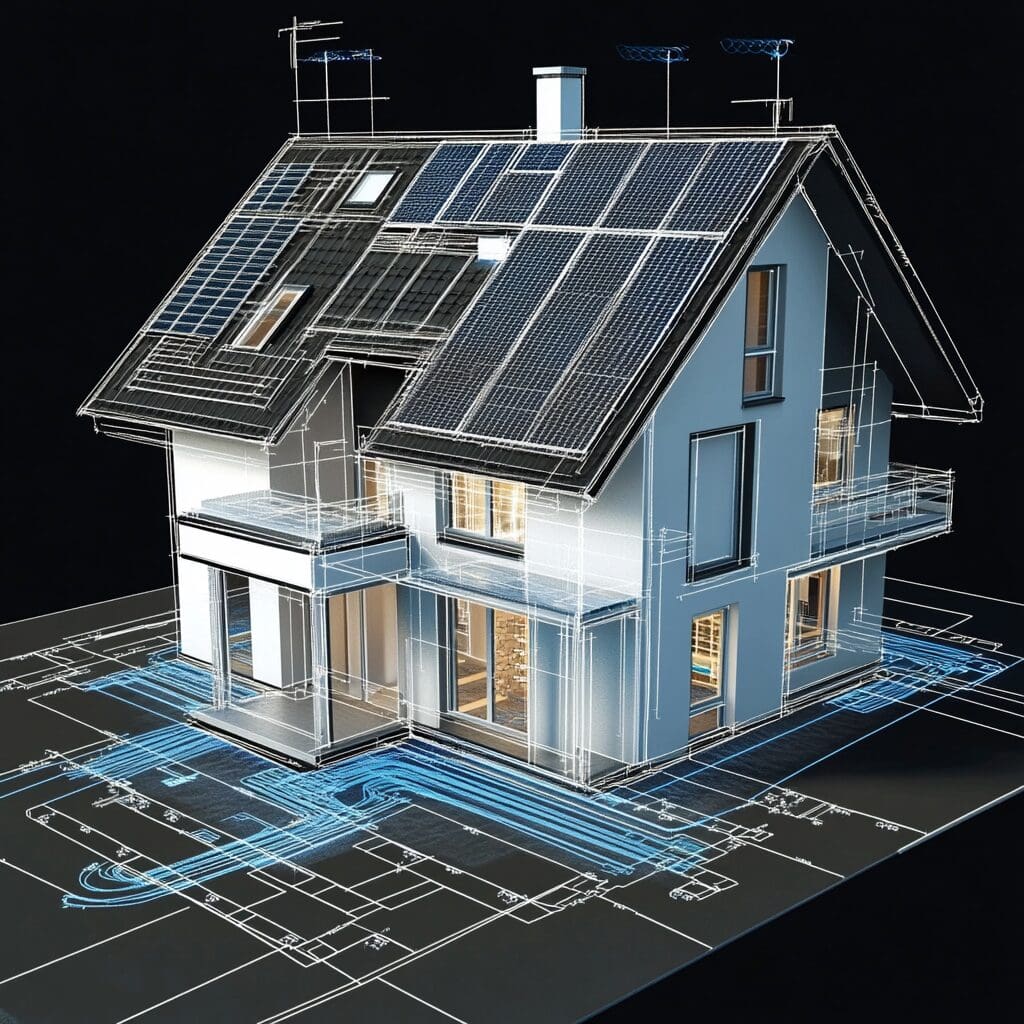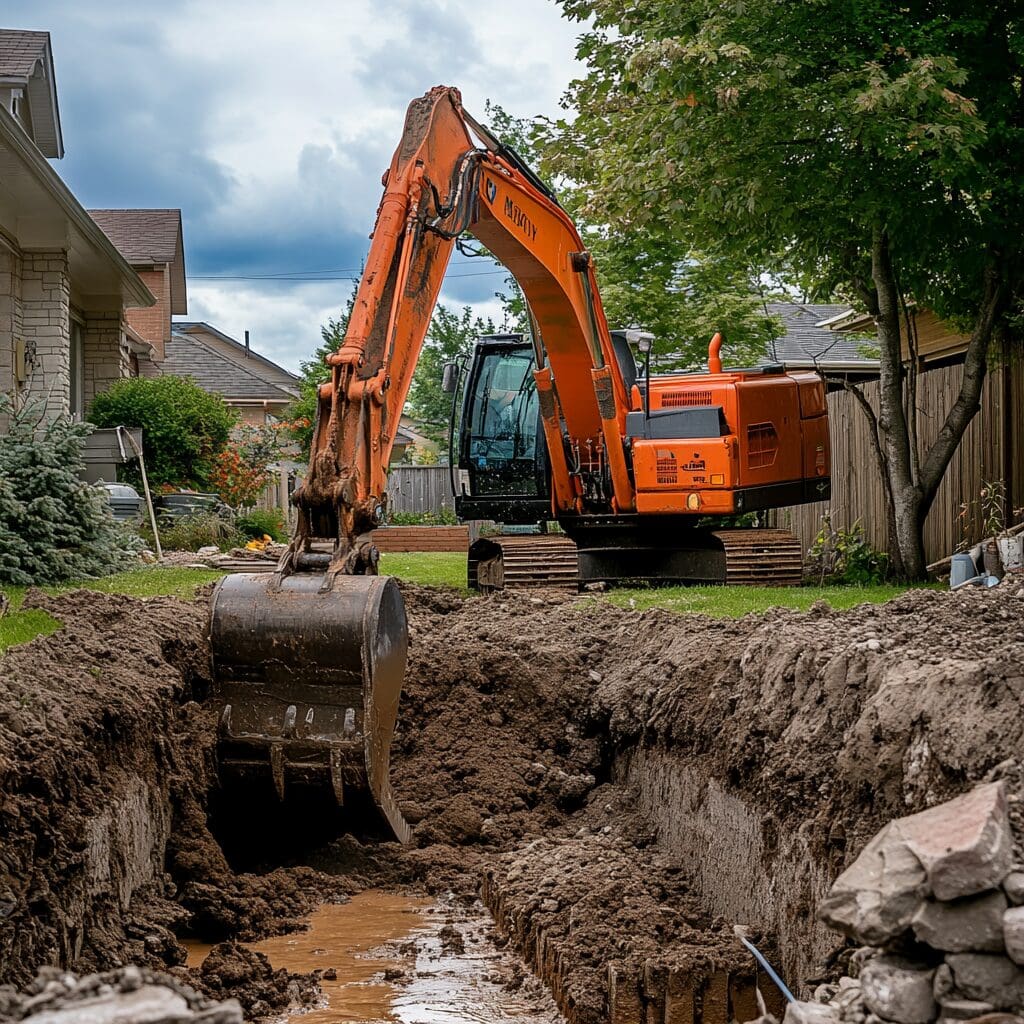The Importance of Utilities: Ensuring Access for Your Custom Home Lot
Building a custom home is an exciting and rewarding process, but before you break ground, it’s essential to consider one often-overlooked factor: access to utilities. Ensuring that your chosen lot has reliable electricity, water, sewage, and internet services is critical for the comfort and functionality of your new home.
Electricity: Powering Your Dream Home
Electricity is one of the most fundamental utilities to consider when selecting a lot. Power lines are typically already in place in established neighbourhoods or urban settings, making access relatively simple. However, in rural or undeveloped areas, connecting to the grid may be challenging.
What to Evaluate:
Before purchasing a lot, determine how far your property is from the nearest power source. Suppose the lot is in a remote location. In that case, you may need to collaborate with the local power company to extend electrical lines to your property, which can be a costly and time-consuming process. On average, running electrical lines can cost anywhere from $10,000 to $30,000 or more, depending on the distance and terrain.
Alternative solutions, such as solar panels or wind turbines, can offer sustainable power options for those buildings in areas where connecting to the grid is impractical or prohibitively expensive. These renewable energy systems can provide reliable electricity, though they require careful planning and an initial investment.

Water: The Foundation of Any Home
Water access is another critical factor for a functional home. Most urban and suburban areas are connected to a municipal water supply. However, rural properties may not have the same access, requiring homeowners to install a private well.
What to Evaluate:
First, check if the lot has access to municipal water lines. If not, you will need to investigate the feasibility of drilling a well. The cost of a well installation will vary considerably depending on the depth and the availability of groundwater in your area. Additionally, well water requires regular testing and maintenance to ensure it’s safe for consumption, which adds long-term costs.
For properties near bodies of water, such as lakes or rivers, some homeowners may consider using these sources for irrigation or non-potable water. However, treatment systems are required if they plan to use this water for drinking, bathing, or cooking.
Sewage: Managing Waste Efficiently

Waste management is essential for maintaining a healthy and hygienic home environment. In urban settings, lots are typically connected to the municipal sewer system, making waste disposal straightforward. However, installing a septic system is often necessary for rural or off-grid properties.
What to Evaluate:
If your lot cannot access a municipal sewer system, a septic system must be installed. This involves an initial installation cost that will vary depending on the type of system and the soil quality of your lot. Soil testing, known as a percolation (or “perc”) test, is required to determine whether the land can absorb and filter wastewater properly. Failing a perc test can limit your options for building on the lot, so it’s essential to have this test conducted before purchasing.
If traditional septic systems are not feasible in more remote locations, advanced septic systems or composting toilets may be required. These solutions may require special permits and maintenance, but can provide environmentally friendly alternatives.
Cost and Timeline Implications for Remote Lots

When considering a remote or rural lot, it’s essential to account for the additional costs and time required to install these utilities. Running power lines, digging wells, installing septic systems, and arranging for internet access can all add significant expenses to your building budget. Additionally, the permitting process for these installations can delay the construction timeline, especially when working with multiple utility providers or government agencies.
In some cases, the total cost of bringing utilities to a remote lot can rival or exceed the cost of the land itself. That’s why it’s essential to consider these hidden expenses before purchasing a lot, allowing you to make an informed decision and avoid unexpected financial burdens.
Conclusion: Planning for Utility Access in Custom Home Building
Ensuring access to utilities such as power, water, sewage, and the internet is crucial when selecting the right lot for your custom home.
Whether you’re building in an urban neighbourhood or on a secluded rural property, understanding the availability of these services—and the costs associated with bringing them to your lot—is essential for creating a comfortable, functional, and connected home.
Careful evaluation and planning will help ensure your dream home is equipped with the necessary utilities to support modern living.